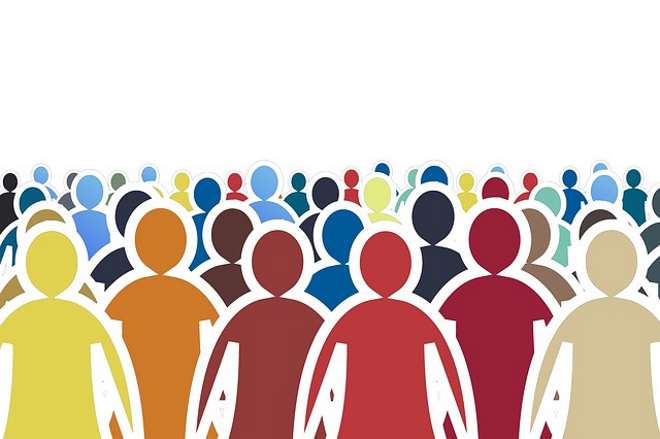Addressing migration flows: social integration and local planning
Migration changes population patterns and local service needs. This article outlines practical considerations for community inclusion, demographic shifts, and coordinated local planning to support wellbeing and resilience while addressing inequality.

Migration reshapes communities, influencing demographics, local services, and everyday life in towns and cities. Effective responses combine social integration strategies with deliberate local planning so that newcomers and long-term residents can access housing, education, healthcare, and employment. Addressing migration flows requires attention to inequality and participation in decision-making, with governance that balances short-term needs and long-term resilience. This piece explores how local planners, service providers, and community groups can work together to improve inclusion and overall wellbeing without overstating outcomes.
How does migration change community demographics?
Migration often alters the age, skill mix, and cultural composition of neighborhoods, producing both opportunities and pressures. Changes in demographics influence demand for schooling, language services, public transport, and housing typologies. Local authorities benefit from regularly updating demographic profiles and service maps to anticipate shifts in population density and household composition. Engaging community organizations and using participatory data collection can reveal localized needs, helping planners to allocate resources more equitably and to design infrastructure that supports diverse household sizes and mixed-use neighborhoods.
How can inclusion reduce inequality?
Inclusion focuses on removing barriers that prevent newcomers from accessing jobs, public services, and social networks. Targeted programs—such as language support, credential recognition, and employment pathways—help reduce inequality by enabling meaningful participation in local economies. Inclusion also means designing public spaces and services that reflect cultural diversity, preventing segregation and ensuring that everyone can use local services confidently. Partnerships between municipal agencies, NGOs, and employers are important for scaling support and monitoring outcomes so interventions respond to real barriers rather than assumptions.
What governance and participation approaches help integration?
Transparent governance and inclusive participation build trust between migrants and institutions. Mechanisms such as multilingual outreach, community advisory boards, and accessible public consultations enable underrepresented voices to shape policy. Decentralized decision-making that empowers neighborhood councils or service hubs can improve responsiveness, while data-sharing across agencies supports coordinated case management for complex needs. Effective governance also clarifies roles across levels—local, regional, and national—so responsibilities for housing, education, and healthcare are aligned and resources are distributed according to evolving needs.
Planning for urbanization and infrastructure
Local planning must account for accelerated urbanization tied to migration, prioritizing flexible infrastructure that can expand as demand grows. Investments in affordable housing, public transport, water and sanitation, and digital connectivity are central to preventing service bottlenecks. Compact, transit-oriented development and mixed-income housing models can reduce spatial segregation and improve access to jobs and amenities. Infrastructure planning should integrate climate resilience and maintenance funding so that expanded services remain reliable, preserving wellbeing even as population levels fluctuate.
Ensuring access to education and healthcare
Access to quality education and healthcare is critical for integration and long-term social mobility. Schools need resources for language learning and culturally responsive teaching, while healthcare providers must be equipped for diverse needs and accessible interpretation services. Coordinated referral systems between schools, clinics, and social services improve early intervention for children and families. Investing in local service capacity—workforce training, extended hours, and outreach in community centers—reduces barriers to access and helps monitor population health and educational attainment trends.
Building wellbeing and resilience through integration
Wellbeing extends beyond basic needs to social connections, civic participation, and economic security. Programs that foster social mixing—community centers, cultural events, and volunteer opportunities—can strengthen social capital and reduce isolation. Economic resilience comes from expanding access to microfinance, skills training, and local hiring initiatives that include migrants. Planning for resilience means anticipating shocks—economic, health, or climate-related—and building adaptive systems that protect vulnerable households, maintain essential services, and support rapid community-led recovery while reinforcing long-term inclusion.
Migration flows require coordinated policy and sustained local engagement to translate demographic change into social and economic opportunity. Combining inclusive social strategies with forward-looking planning for infrastructure and services helps reduce inequality and enhances community resilience. Successful approaches emphasize participation, clear governance, and data-informed resource allocation to ensure that access to education, healthcare, housing, and employment supports wellbeing for all residents.





